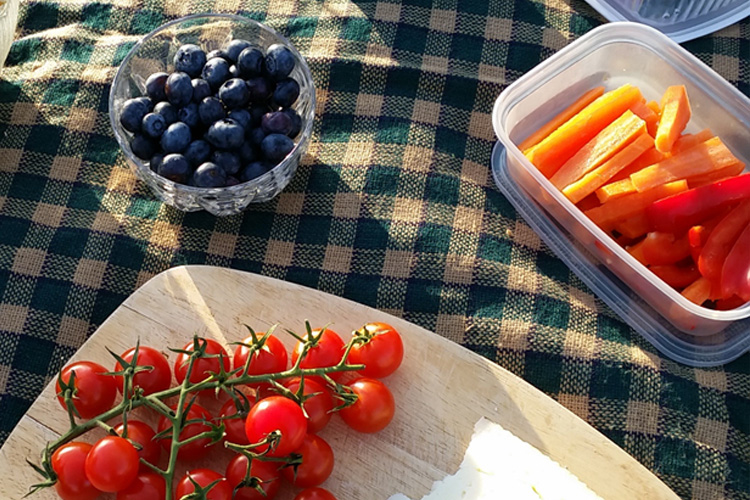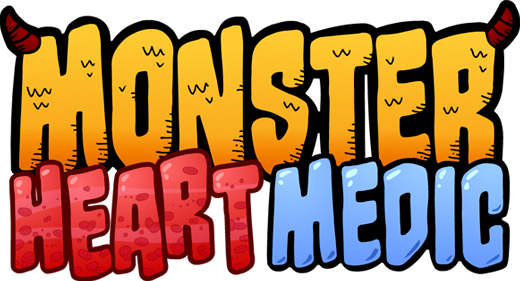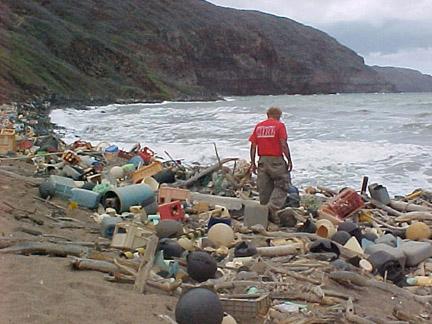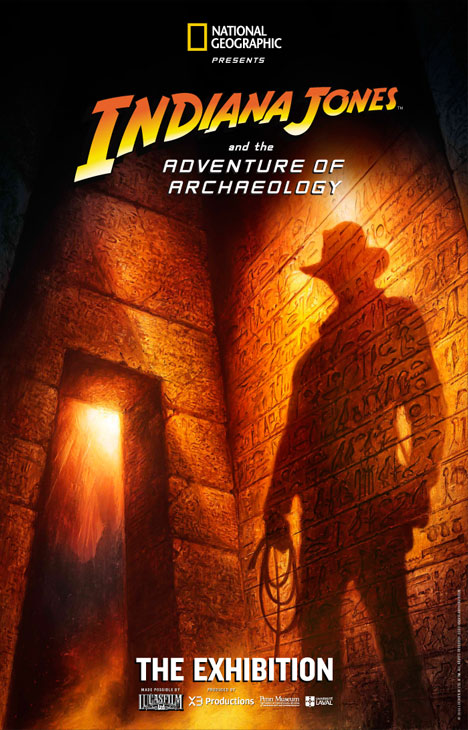Summer Reading, Science and History

Enrich summer reading with connections to STEM and history! Here are ten books, both nonfiction and fiction, to link with Howtosmile.org activities about science and history around the world.
1) The Kite That Bridged Two Nations and SMILE's Sled Kite activity;

 Summer means picnics! In the park, at the beach, even inside on a rainy day, pack math and science fun in your picnic basket with Howtosmile.org activities. Combine STEM explorations about whatever you like best—food, kites, sand, animals and lots more—to turn a picnic anywhere into a whole new summer learning adventure.
Summer means picnics! In the park, at the beach, even inside on a rainy day, pack math and science fun in your picnic basket with Howtosmile.org activities. Combine STEM explorations about whatever you like best—food, kites, sand, animals and lots more—to turn a picnic anywhere into a whole new summer learning adventure. There are so many ways to celebrate
There are so many ways to celebrate  How do you diagnose and help a three-eyed monster with a heart problem? That's the challenge and fun in the new, free
How do you diagnose and help a three-eyed monster with a heart problem? That's the challenge and fun in the new, free  Earth Day, April 22, is part of this year's international Climate Education Week. At Howtosmile.org, you can find thousands of STEM activities, for all ages, related to the environment, climate and the natural world.
Earth Day, April 22, is part of this year's international Climate Education Week. At Howtosmile.org, you can find thousands of STEM activities, for all ages, related to the environment, climate and the natural world.


